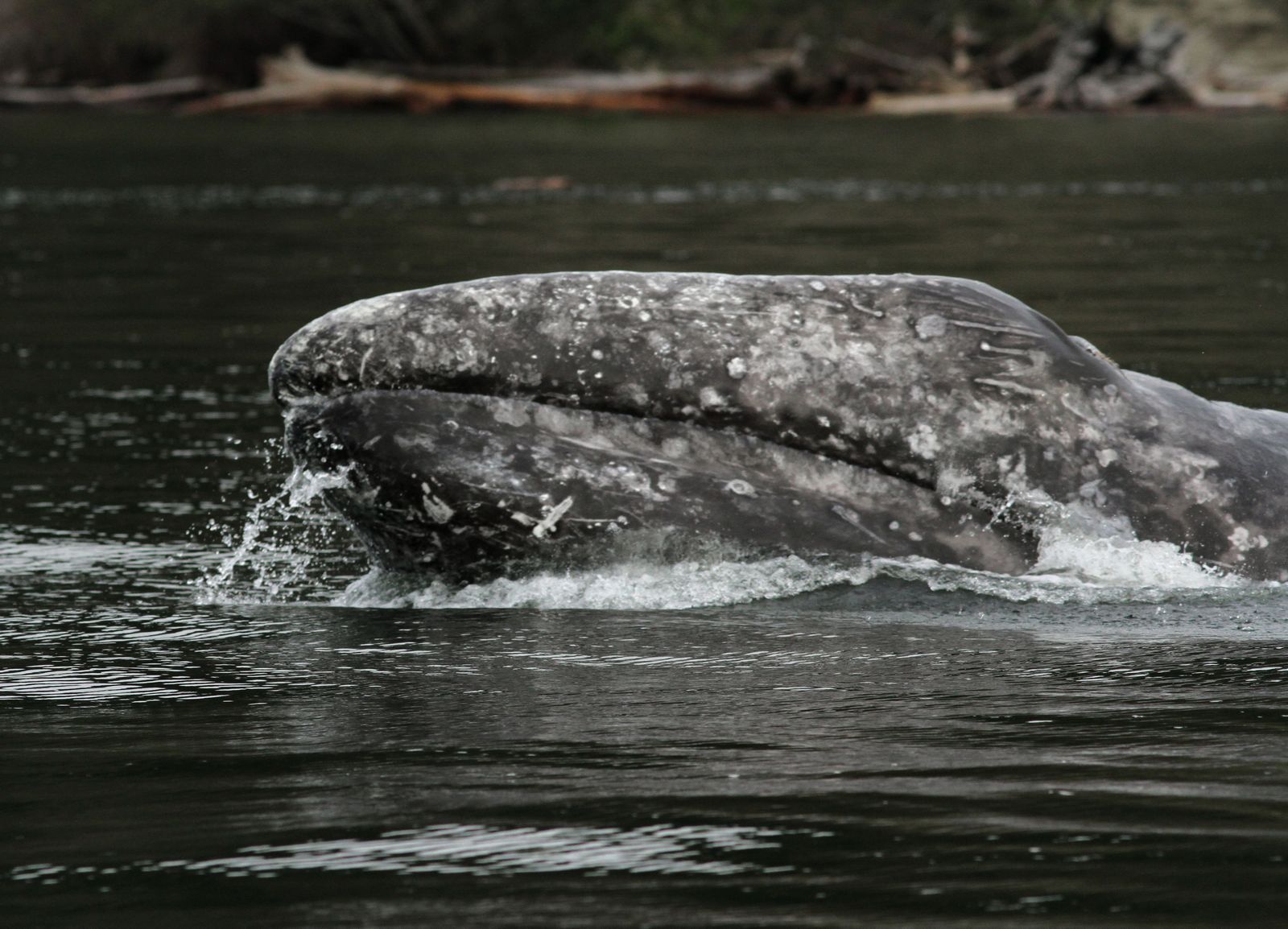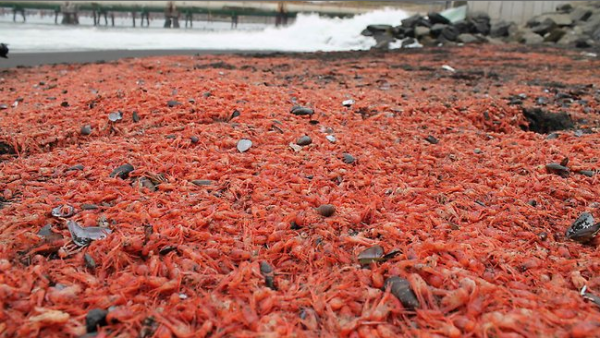Once the envy of Indian Country for its billion-dollar casino empire, the tribe that owns the Foxwoods Resort Casino has been struggling through a financial crisis and pursuing more revenue from an unlikely source: U.S. government grants.
By Michael Melia, Associated Press
LEDYARD, Conn. — Once the envy of Indian Country for its billion-dollar casino empire, the tribe that owns the Foxwoods Resort Casino has been struggling through a financial crisis and pursuing more revenue from an unlikely source: U.S. government grants.
The money provided annually to the Mashantucket Pequot Tribal Nation through the Interior Department and the Department of Health and Human Services has risen over the last five years to more than $4.5 million, according to documents obtained by The Associated Press through the Freedom of Information Act. One former tribal employee says department leaders were encouraged to offset dwindling resources by seeking more federal grants.
The Pequots, who once distributed stipends exceeding $100,000 annually to adult members, are not alone among gaming tribes seeking more federal aid. Several, including the owner of Foxwoods’ rival Connecticut casino, the Mohegan Sun, say they have been pursuing more grants – a trend that critics find galling because the law that gave rise to Indian casinos was intended to help tribes become financially self-sufficient.
“The whole purpose of the 1988 law which authorized Indian casinos was to help federally-recognized tribes raise money to run their governments by building casinos on their reservations,” said Robert Steele, a former Congressman from Connecticut. “I would argue strongly that federal money was meant for struggling tribes. Certainly the Mashantucket Pequots and the Mohegans couldn’t under any circumstances be put in that category.”
As long as they have federal recognition, casino-owning tribes are eligible for the same grant programs as the larger tribes based on large, poverty-stricken reservations in the American West. The grants, which don’t need to be paid back, support tribal governments by paying for programs such as health screenings, road maintenance and environmental preservation.
“The Mashantucket Pequot Tribal Nation is proud of the work they do with the use of federal funds when it comes to assisting the region and fellow Native Americans,” said Bill Satti, a tribal spokesman, who said the grants have supported the tribe’s medical clinic and repair work on local roadways.
Thomas Weissmuller, who was chief judge of the Mashantucket Pequot Tribal Court until 2011, said that near the end of his tenure the tribal council said they had distributed too much money to members and urged department leaders to pursue more federal grants. He said there was resistance from some council members, who raised questions about the effects on sovereignty, but he was personally encouraged to pursue grants by officials including the tribal chairman, Rodney Butler.
Weissmuller said he was not comfortable seeking such assistance for the tribal court system because most of the issues it dealt with were related to the casino, which is essentially a commercial enterprise.
“A billion-dollar gaming enterprise should fully fund the tribal government,” said Weissmuller, who said that he was forced out of the job by tribal officials who told him he did not appear to have the tribe’s interests at heart on other matters.
The reversal of fortunes for the Pequots began around 2008, when Foxwoods completed a major, costly expansion with the 30-story MGM Grand hotel and casino just as the recession began to show its teeth. The following year the tribe defaulted on debt exceeding $2 billion.
Since then, the tribe of some 900 people in rural southeastern Connecticut has ended its member stipends. The Pequots have kept some other benefits in place, covering payments for members pursuing higher education and offering supplemental pay for tribal members taking entry-level jobs at the casino.
The federal grants provided to the Pequots through the Interior Department and its Bureau of Indian Affairs, meanwhile, rose from $1 million in 2008 to $2.7 million in 2011, with partial records for 2012 showing $1.7 million in grants for the year. Grants provided to the Pequots through the Indian Health Service, a division of Health and Human Services, increased gradually from $1.7 million in 2008 to $1.9 million in 2012. That money is to support health care services such as community health, nutrition, substance abuse treatment and pharmacy services.
The federal money opened the door to scrutiny by the FBI, whose investigation of tribal finances led to the January indictments of the tribe’s treasurer, Steven Thomas, and his brother Michael Thomas, a former tribal chairman. The two are accused of stealing a combined $800,000 in tribal money and federal grants. The tribal council has expressed full confidence in its treasurer.
Mohegan Tribe officials said they took pride in refusing federal grants for years, in acknowledgment that there were needier tribes. But tribal officials said they had relaxed that position as their Mohegan Sun casino, like Foxwoods, has faced growing gambling competition from neighboring states.
“It’s a sign of the times. Everybody is” seeking grants, Mohegan Chairman Bruce “Two Dogs” Bozsum said. “There’s some that we qualify for and it helps us to keep everybody healthy and working. At the end of the day, why shouldn’t we apply for it? If we get approved, it’s always for a good cause, usually health or jobs created.”
Tribal officials said they receive modest grants to contribute to the cost of health care for their 2,000 members.
The tribe that owns the Soaring Eagle Casino and Resort in Michigan, one of the country’s largest Indian casinos outside of Connecticut, has been aggressively pursuing grants in areas including environmental protection and health services as it struggles with the weak economy, according to Sylvia Murray, grants and contracts manager for the Saginaw Chippewa Indian Tribe.
Sam Deloria, director of the American Indian Graduate Center in Albuquerque, N.M., said he has no issue with tribes pursuing grants for which they are eligible. It’s no different, he said, from the state of Alaska participating in federal programs despite the annual payouts to residents from the state’s oil savings account.
As the federal money reflects financial distress for gaming tribes, however, he does worry that their struggles ultimately could have a ripple effect throughout Indian Country and affect the ability of tribes to participate in the marketplace.
“It has got to raise a set of issues that either in the courts, or in the Congress, or in the marketplace, eventually it will get people looking at tribal participation in business in a different light,” he said.












